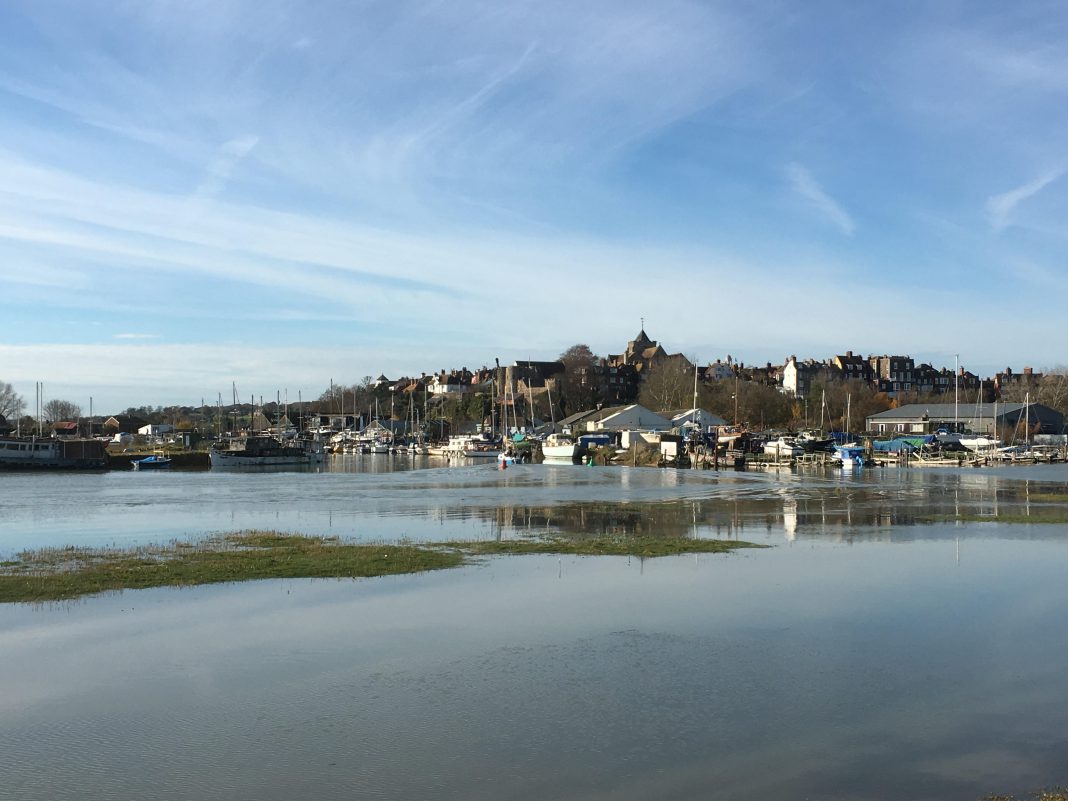Rye Conservation Society’s executive committee recently hosted its 500th meeting and to mark the occasion we took the opportunity to look back at what the society has achieved over the period.
The Rye Conservation Society (RCS) was established to oversee all matters related to the built environment of this vibrant, historic and unique town on behalf of its members – and this is something it has done with enthusiasm and dedication ever since it was established in the early 1970s.
During this past year, the society has continued its work with the executive committee meeting online, as it did for the executive’s 500th meeting in March this year. Whilst this is a significant milestone, the society is now looking forward to the society’s 50th anniversary in 2023, and we hope this will present a better opportunity for a celebration.
However, to mark this current occasion, a recent review of the society’s archives has created an opportunity to prepare a short history of the society, its activities and the fortunes of Rye as observed by the committee over the five decades of its existence. This history is available to read on the Rye Conservation Society website.
Sinking a marina
The history includes a number of significant episodes that have engaged the society, and the town. This has included battles with developers over large residential and commercial marina proposals on Rock Channel, fending off waste processing proposals for Harbour Road, and securing the listing of several of Rye’s valuable historic buildings so that they are protected from potentially harmful development.
There were many successes but also some frustrations, not least a number of perennial issues that continue to concern the town such as the condition of the Landgate, the damage to the conservation area caused by insensitive commercial signing and advertising, and a host of issues around the town’s transport.
Looking back through these decades of change for Rye, a constant has been the conservation society and, at its core, its executive and planning committees. This passionate group of people give their time, expertise and enthusiasm in order to serve the society’s objectives, namely to safeguard and enhance Rye and its surroundings; to provide a forum for discussion of issues; and, to provide information and advice relevant to the local area.
Decades of service
Some committee members have given decades of service to the society, as well as their invaluable professional advice on sometimes complex and contentious issues. Inevitably, with the passing of time, the group changes, but it is hoped the experiences and lessons are passed on.
For instance, since the first planning committee, over 5,000 planning applications have been reviewed during which, in assessing proposals, the committee has to take a careful line in balancing the issues, which are sometimes contradictory, as well as the personal interpretation of the design by members and officers.
Whilst the society’s role is advisory and not statutory, it is hoped that by providing a strong and knowledgeable local voice, Rye is a better place than it would have been otherwise. For every intractable issue and bad planning decision, there are breakthroughs and wins, and always the hope we can positively influence where we can.
New planning legislation
This review of our history concludes in this strangest of years which has seen Rye swing between lockdown stillness and ‘staycation’ vibrancy, and it heralds an uncertain future for the town and its vital visitor economy. As ever, ongoing change is assured, but the pace of change looks like it will increase substantially.
Also on the horizon are the proposed changes to local government and the dismantling of long-standing local land use planning controls, potentially the biggest change in planning since the original Town and Country Planning Act in 1947, and this was featured in the last Queen’s Speech.
An excellent summary of these changes based upon the initial consultation proposals and their potential implications for Rye was provided by Julian Luckett, the chair of the planning committee, in the society’s most recent annual report.
Rother are currently updating the local plan which is likely to have to incorporate the comprehensive reforms proposed in the planning bill presented in the Queen’s Speech. With a change of emphasis towards greater certainty on planning decisions enshrined in the local plan there is likely to be less influence over individual applications.
Scrambling to meet housing targets
There is a risk that the hard work invested in local and neighbourhood plans will be eroded and we are already seeing the effects of this as in the scramble to meet nationally imposed housing targets which represents an additional 400 homes a year in Rother over what is currently proposed in the local plan.
If the planning system and local government management continue to be streamlined as planned, a local organisation that understands, and is passionate about the town, will be more vital than ever.
Image Credits: Allan Thomson .



